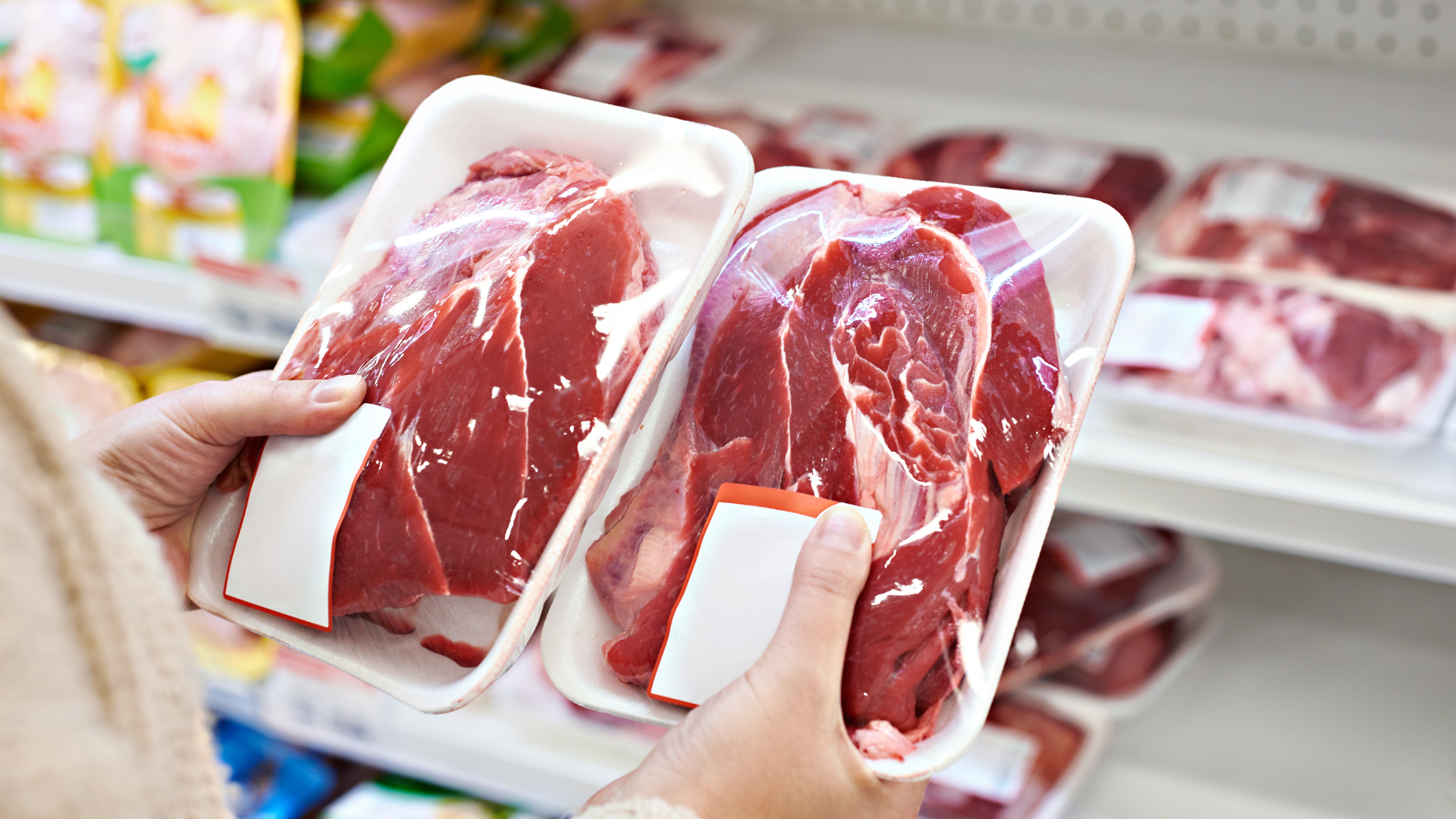In an era where convenience often trumps conscientiousness, the food on our plates can harbor much more than mere sustenance. The symbolic act of what we choose to eat speaks volumes about our values, but do we truly understand the full tale of our protein sources, especially those derived from industrial farming practices? This comprehensive exploration of the often-unseen shadows cast by the machinations of industrial protein production is an eye-opener for health-conscious consumers, environmental activists, and food industry professionals alike. Diving deep into the murky waters of factory farming, this post aims to illuminate the hidden ripple effects of global dietary choices and advocate for a more sustainable and health-forward approach to protein consumption.
The Profit and Pollution Paradox
The industrial farming complex has become a monolith of modern agriculture, a system of scale that has brought both financial success and ecological jeopardy. The paradox between profit and pollution is stark; while executives reap substantial gains from the efficiency of factory farming, their livestock’s exorbitant waste and greenhouse gas emissions contribute significantly to environmental degradation.
The financial success of big farm executives is remarkable. However, it comes at a price not reflected in financial reports, as the World Health Organization (WHO) and the Food and Agriculture Organization of the United Nations (FAO) have sounded alarm bells about the contribution of factory farming to global warming and pollution. Livestock alone produces nearly 15% of the world’s greenhouse gas emissions, with the bulk stemming from industrial systems.
The Antibiotic Conundrum
Antibiotics, once hailed as modern medicine’s miracle, have taken on a more ominous role in the battering of global health. In the urgent confines of factory farms, these life-saving drugs are routinely administered to livestock not to cure diseases but to prevent them in the cramped and unsanitary conditions that are all too common.
The implications of routine antibiotic use in livestock are profound. By promoting antibiotic resistance, these practices imperil the effectiveness of these vital drugs for human use. The CDC and WHO have staunchly highlighted the public health risks, as resistant bacteria can be transmitted from animals to humans through various routes, including the consumption of contaminated food.
Diseases in Protein Sources
Industrial farms, with their high-density stocking and confined spaces, become breeding grounds for a myriad of diseases. Such environments facilitate the spread of pathogens among animals, oftentimes leading to widespread illness and, eventually, contaminated meat reaching the shelves.
The consumption of products from diseased animals can result in more than just the ethical distress of their suffering. Acute cases can lead to immediate foodborne illness, but the real threat may lie in chronic illnesses that currently evade detection but pose long-term health risks.
The Impact of Stress Hormones
The living conditions of animals in industrial settings are far from stress-free. Packed in cages with limited mobility and often in squalid environments, this chronic stress can lead to a release of stress hormones in the animals, which then make their way into the meat that we consume. The effects of stress hormone consumption on humans are not fully understood, but this novel area of study beckons cautious consumption.
Research on this topic is still in its infancy, but potential risks associated with consuming stress hormones include impacts on cardiovascular health, the endocrine system, and mental well-being. These emerging concerns advocate for a second thought when it comes to the source of our protein.
FDA Oversight and Its Limitations
The oversight of the Food and Drug Administration (FDA) is meant to be the safeguard that ensures our food remains a source of health, not harm. However, current regulations around antibiotic use in livestock are peppered with exceptions and loopholes that often prioritize industry interests over public well-being.
The need for more stringent regulations and transparent oversight of the industrial protein production process is not just a moral imperative but a public health necessity. Without such controls, the healthcare system could face outbreaks of antibiotic-resistant diseases, and human health could bear the brunt of compromised agricultural practices.
The Case for Organic and Sustainable Choices
Amid the harrowing scenes of industrial farming come the beacons of health and ethical choices—organic and sustainable protein sources. Grass-fed, pasture-raised meats offer both nutritional benefits and a more compassionate standard of animal treatment. The additional space and natural diets of pasture-raised livestock may reduce the need for antibiotics and alleviate the stress hormone concerns.
Similarly, in the sea’s bounty, wild-caught sustainable fish present a protein option that is not only more environmentally friendly but also often free from the concerns associated with factory-farmed meat. The Monterey Bay Aquarium’s Seafood Watch and the FAO offer invaluable resources for consumers seeking sustainable options.
Conclusion
The covert costs of our protein choices stretch far beyond the supermarket shelf. The health of our bodies and the sustainability of our planet are intrinsically linked to the methods and motives behind industrial protein production. It is time to peel back the layers of our food system and recognize the interplay between what we eat and the world we wish to live in.
By supporting organic and sustainable practices and advocating for stronger regulations, we can begin to shift the tide, protecting not only our health but also the health of the planet. Every purchase, every bite, is a vote cast for the future of our food system. It’s time to vote wisely and create a ripple effect that leads to a healthier and more ethical world.


